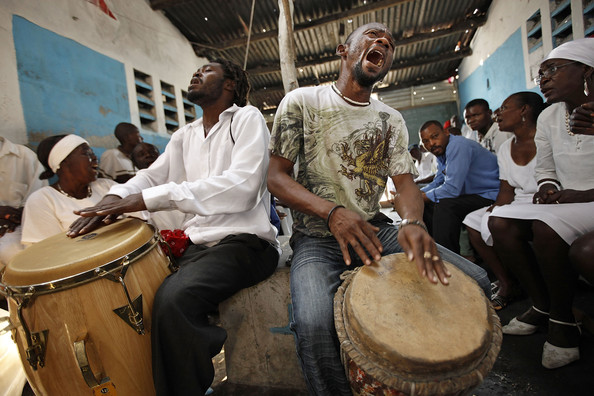Haitian Konpa Music and Voodoo Rhythms
Haiti, a Caribbean nation with a rich cultural tapestry, is known not only for its vibrant history but also for its diverse and captivating musical traditions. Two significant genres, Konpa music and Haitian Voodoo music, share a deep-rooted relationship that reflects the fusion of spirituality, history, and artistic expression. In this article, we will delve into the intricate connections between Konpa music and Voodoo rhythms, exploring how these musical forms intertwine to create a unique and culturally significant musical landscape.
Haitian Voodoo Music
Voodoo, a syncretic religion with roots in West Africa, was brought to Haiti through the transatlantic slave trade during the colonial era. In Haiti, Voodoo became a powerful force, not only in religious practices but also in shaping the cultural identity of the nation. Voodoo ceremonies are characterized by drumming, singing, and dance, with each element playing a crucial role in connecting participants with the spiritual realm.
The heartbeat of Voodoo ceremonies is the rhythm of the drums, which are considered sacred instruments. The rhythms in Voodoo music are not only a form of communication with the divine but also a way to evoke spiritual entities known as “lwa” or “loa.” The intricate drum patterns and hypnotic melodies create an immersive experience, allowing participants to enter a trance-like state and commune with the spiritual world.
Konpa Music
In contrast, Konpa music, a genre that emerged in the mid-20th century, is often associated with modernity and urban life. With its roots in Haitian folk music and influences from jazz, mambo, and merengue, Konpa is characterized by its lively danceable beats, melodic guitar riffs, and romantic lyrics. It gained popularity in Haiti and the diaspora, becoming a symbol of Haitian cultural pride.
The Symbiotic Relationship
While on the surface, Konpa music and Voodoo rhythms may seem like divergent musical expressions, a closer examination reveals a fascinating interplay between the two. Konpa artists, often deeply connected to their cultural heritage, frequently incorporate elements of Voodoo rhythms into their compositions. Drum patterns reminiscent of Voodoo ceremonies and references to spiritual entities can be found in Konpa songs, creating a dynamic fusion that bridges the gap between the traditional and the contemporary.
Furthermore, the spiritual undertones present in both genres reflect the enduring influence of Voodoo on the collective consciousness of the Haitian people. Whether through explicit references or subtle musical nuances, the spiritual essence of Voodoo permeates Konpa music, creating a symbiotic relationship that speaks to the resilience and adaptability of Haiti’s cultural heritage.
Cultural Expression
The relationship between Haitian Konpa music and Voodoo rhythms is a testament to the dynamic nature of cultural expression. Through the fusion of traditional and modern elements, these musical genres not only entertain but also serve as a means of preserving and transmitting the rich cultural heritage of Haiti. As both Konpa and Voodoo music continue to evolve, their symbiotic relationship remains a powerful symbol of the enduring spirit and resilience of the Haitian people.


